Buenos Aires

Hotels with spa
A mix of the charming, the iconic and the modern.
See all
725 Continental Hotel

Hilton Buenos Aires
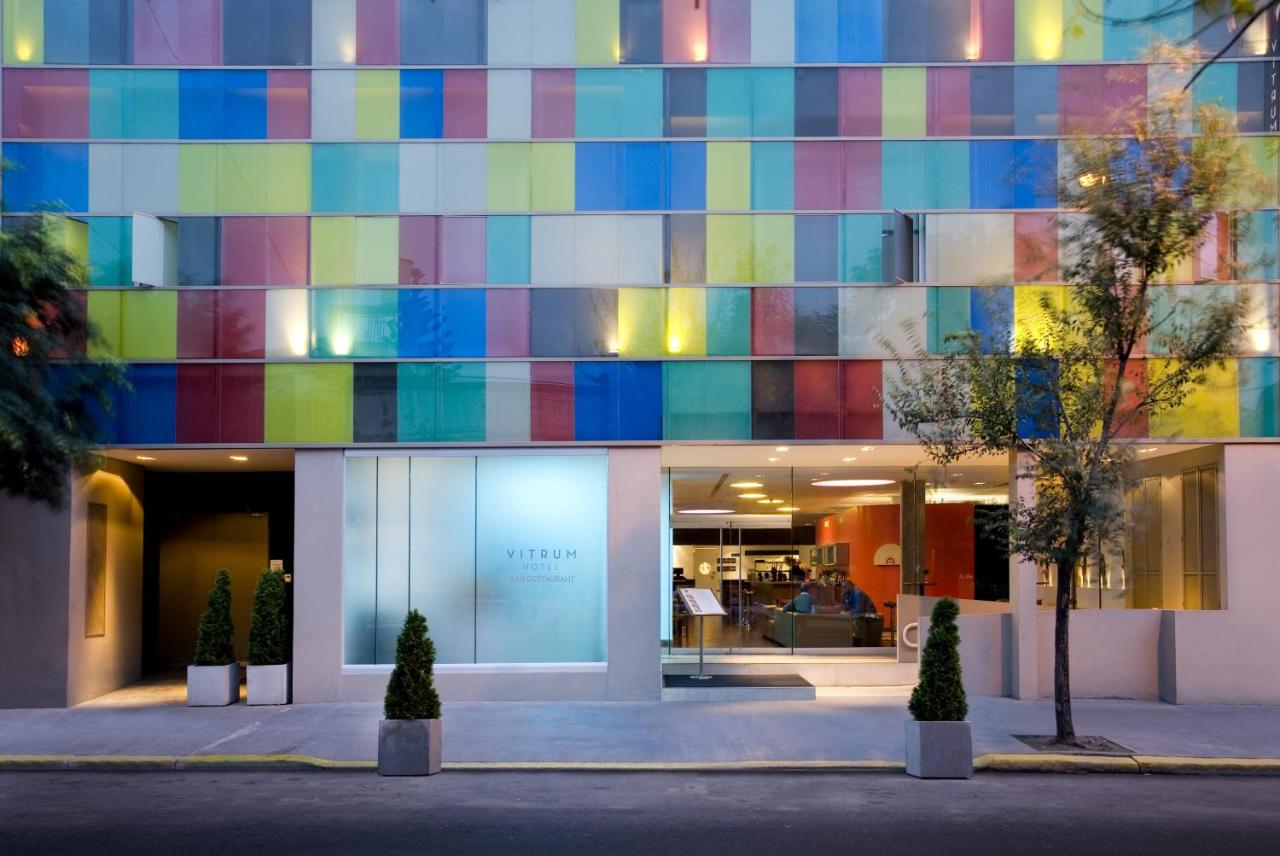
Boutique Suites Palermo
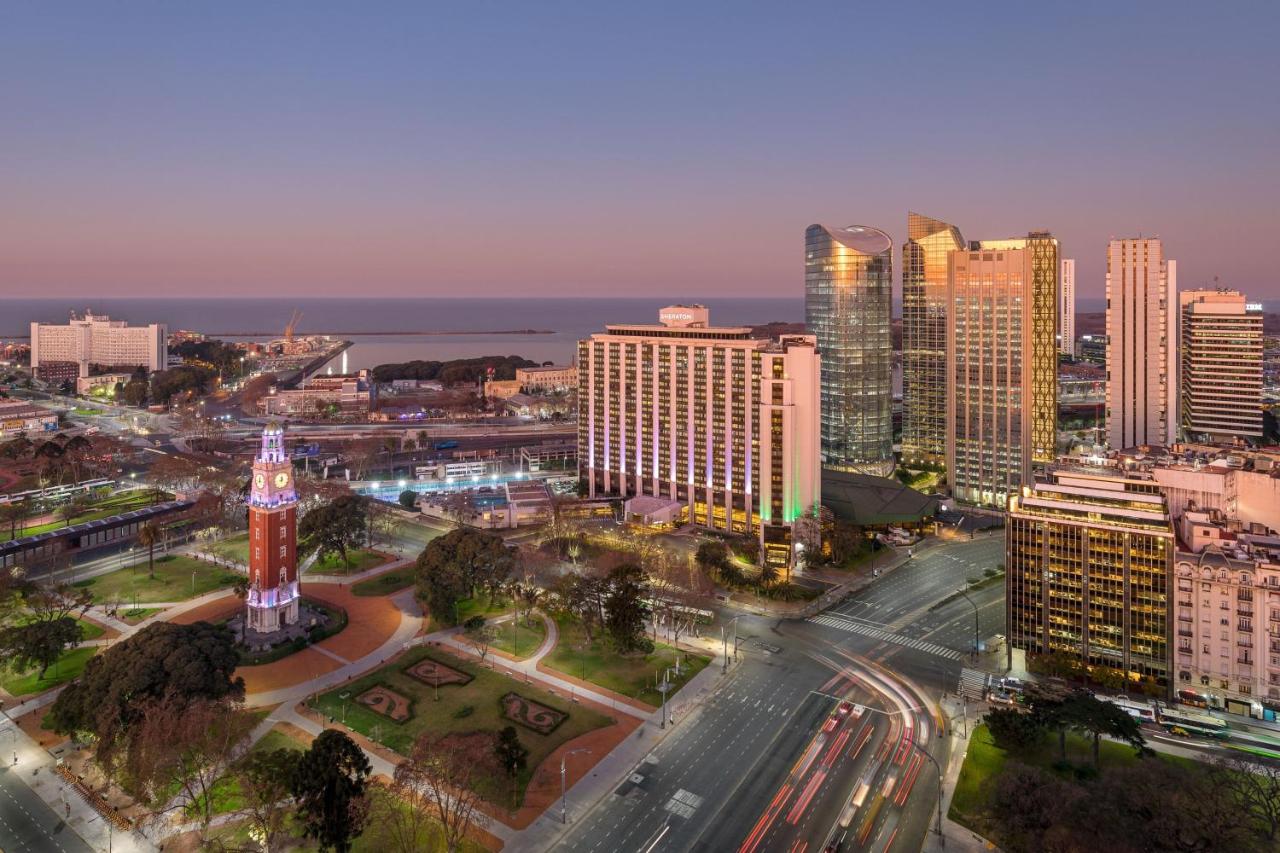
Sheraton Buenos Aires Hotel & Convention Center

Ker Recoleta Hotel

Pestana Buenos Aires

Broadway Hotel & Suites

CasaSur Recoleta

Buenos Aires Marriott

Doubletree By Hilton Buenos Aires
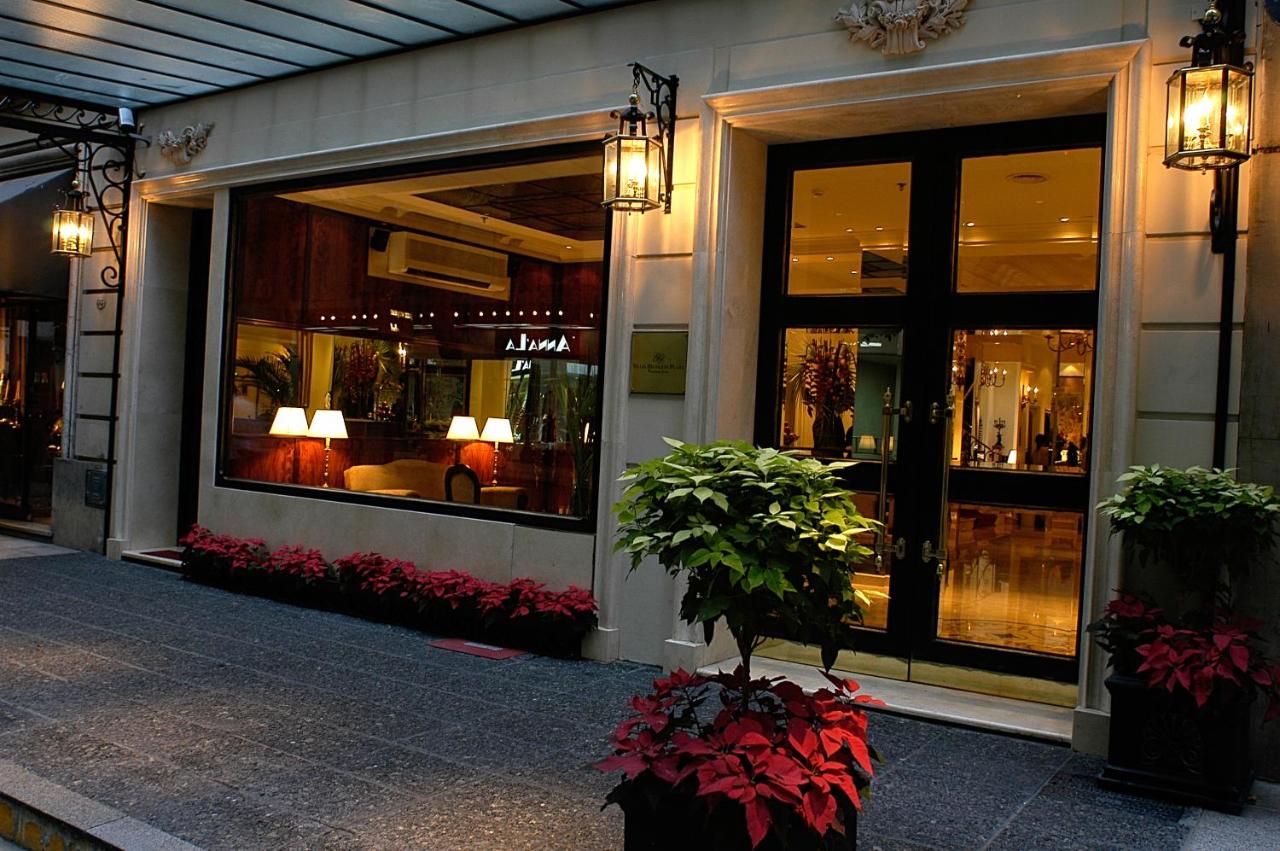
Melia Recoleta Plaza Hotel

Ker Urquiza Hotel

Blank Hotel Recoleta

Loi Suites Recoleta Hotel
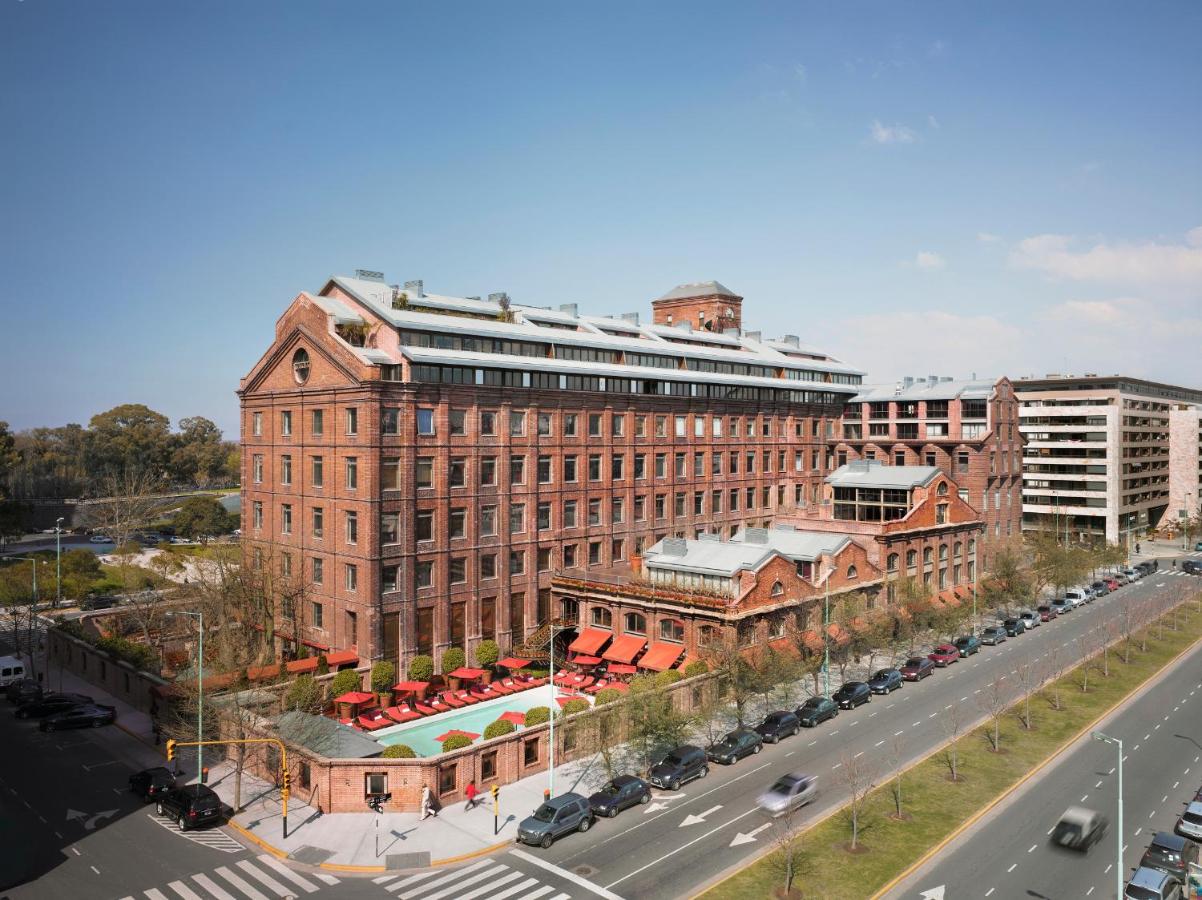
Faena Hotel Buenos Aires
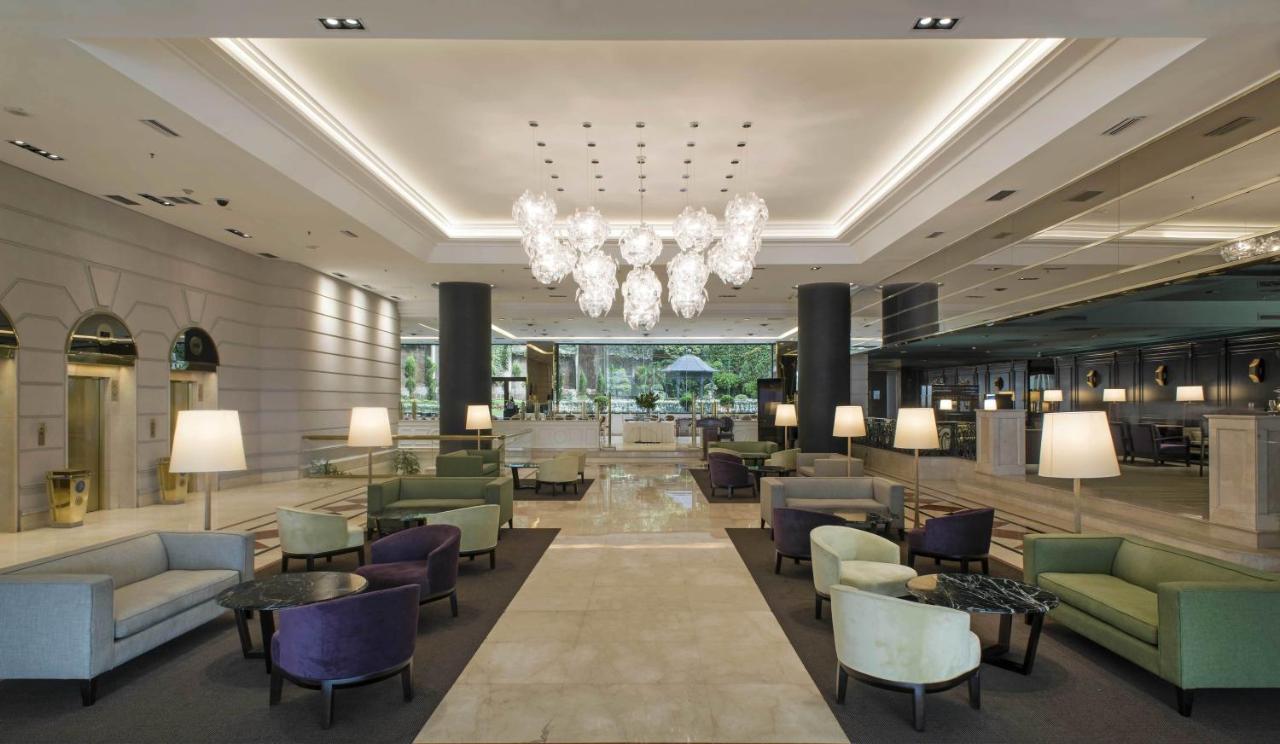
Emperador Hotel Buenos Aires
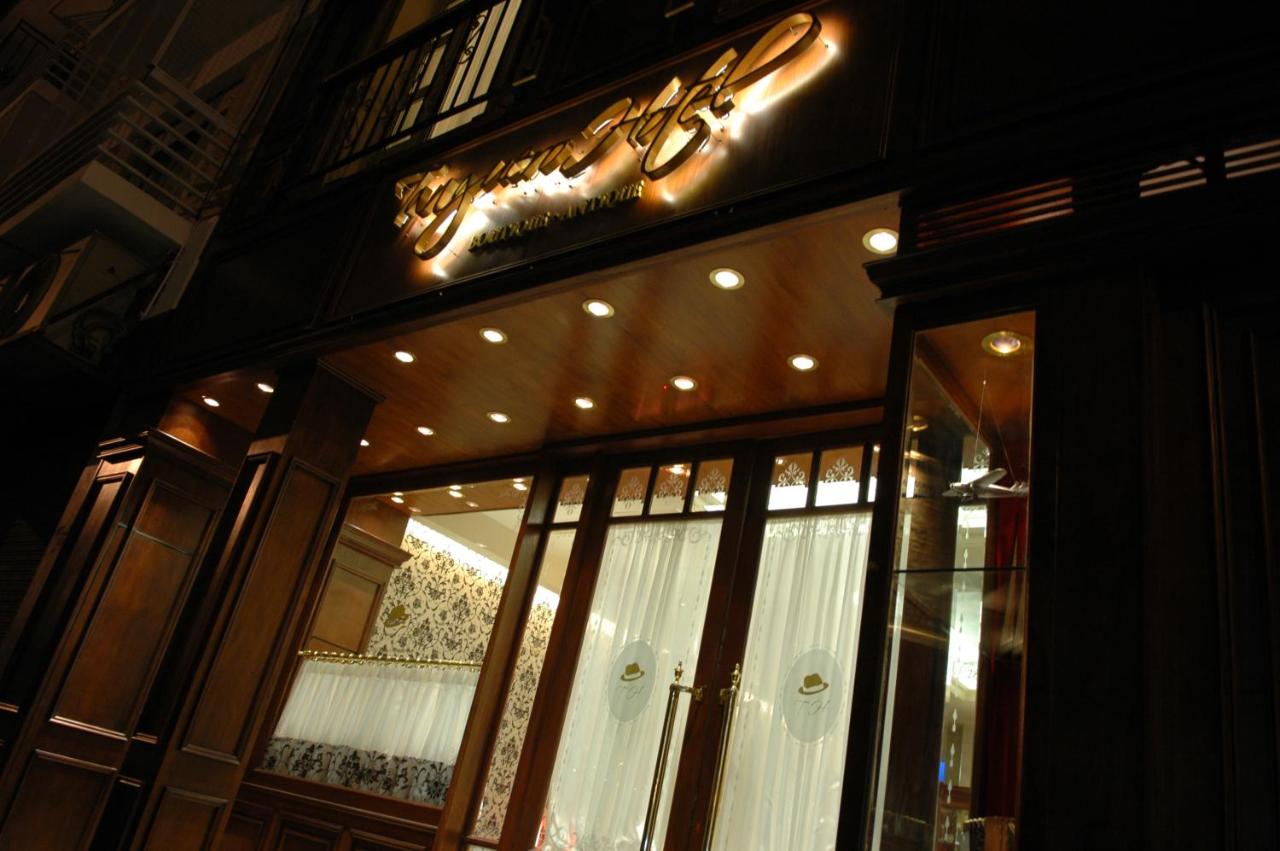
Tanguero Hotel Boutique Antique

InterContinental Buenos Aires, an IHG Hotel
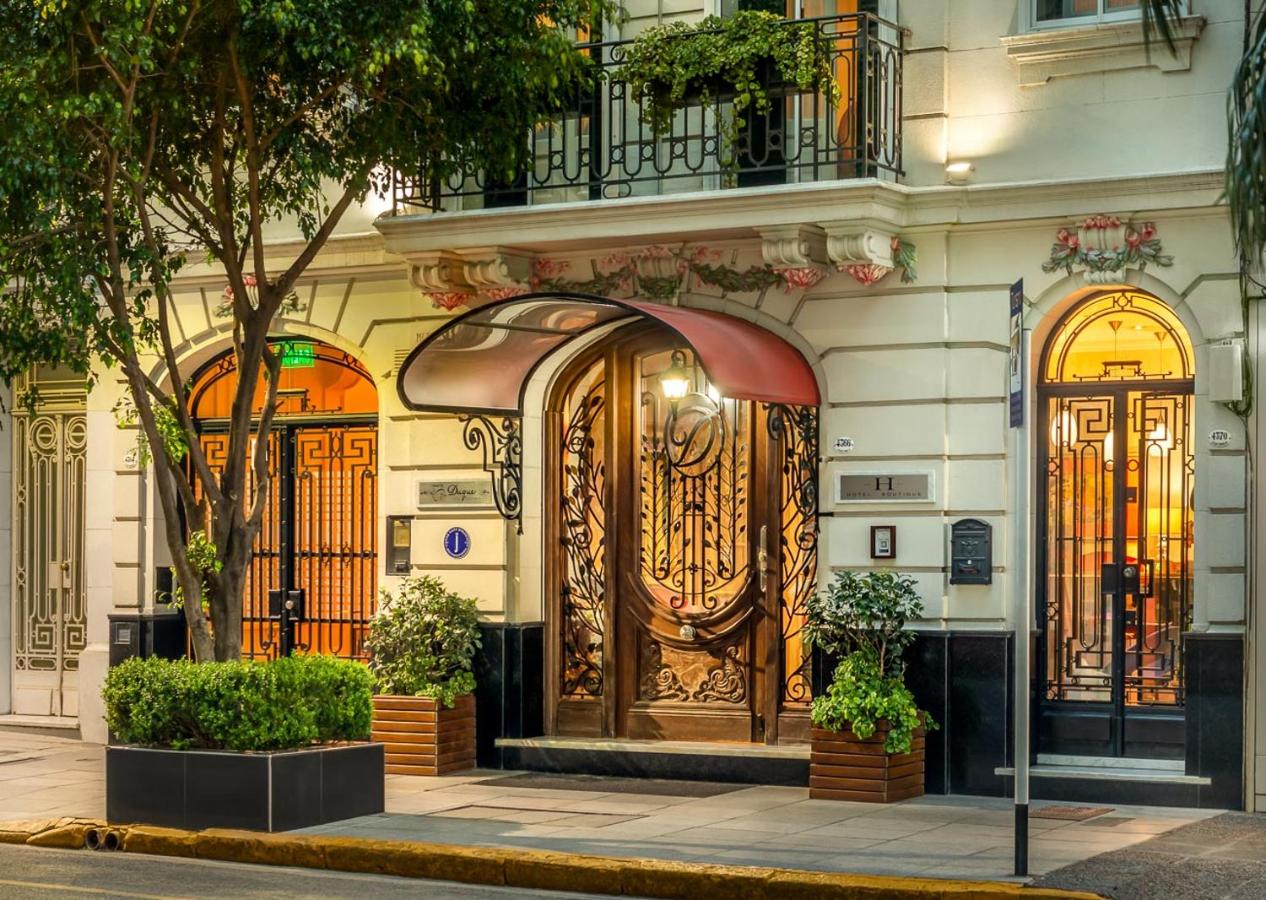
Duque Hotel Boutique & Spa
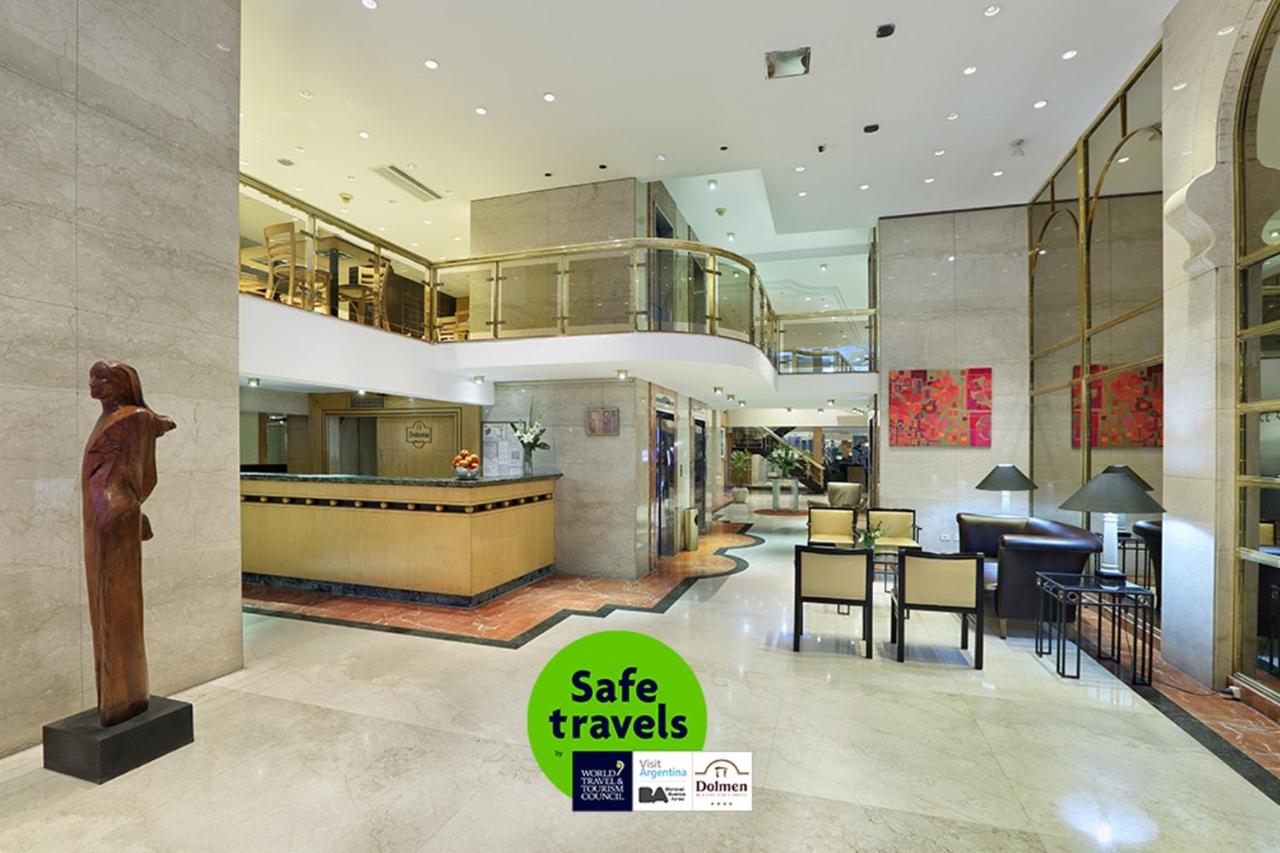
Hotel Dolmen

Awwa Suites & Spa
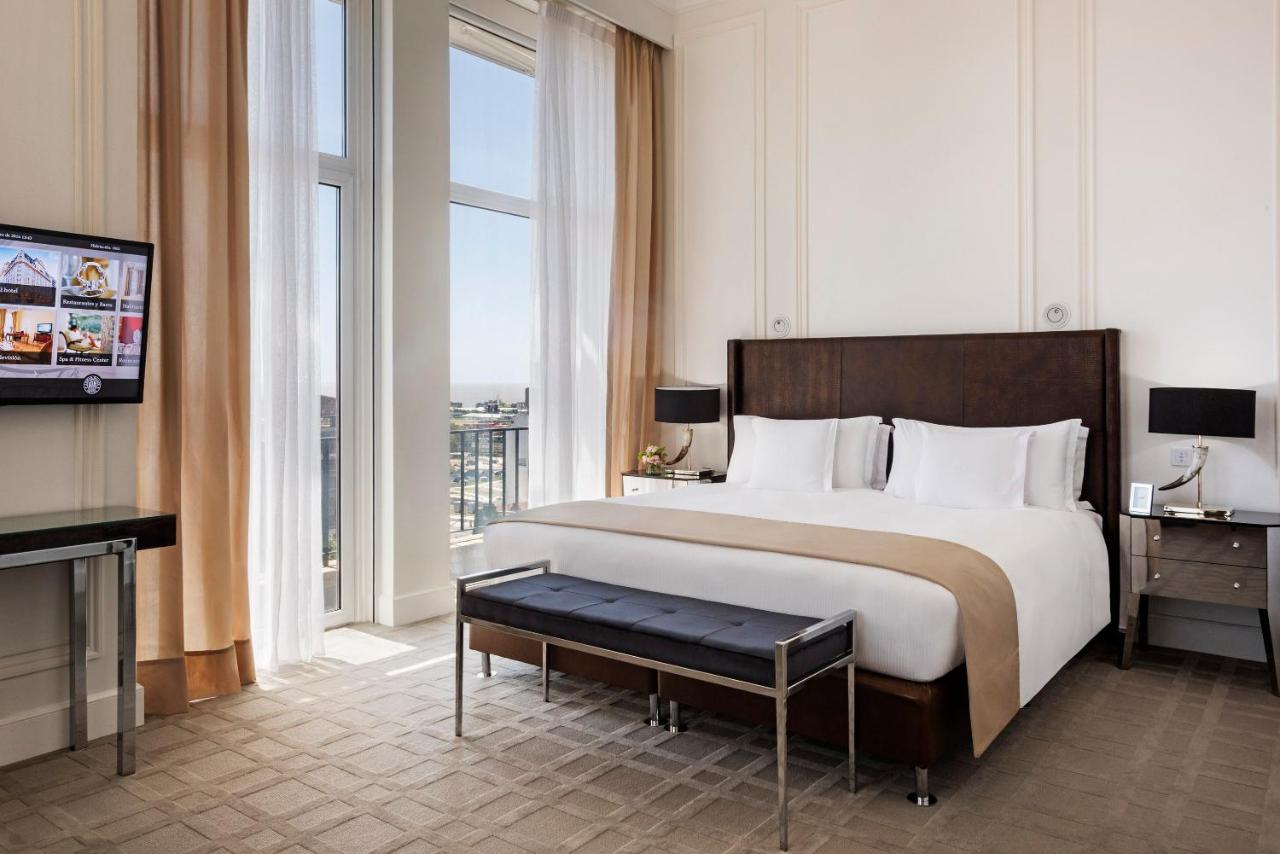
Alvear Palace Hotel - Leading Hotels of the World
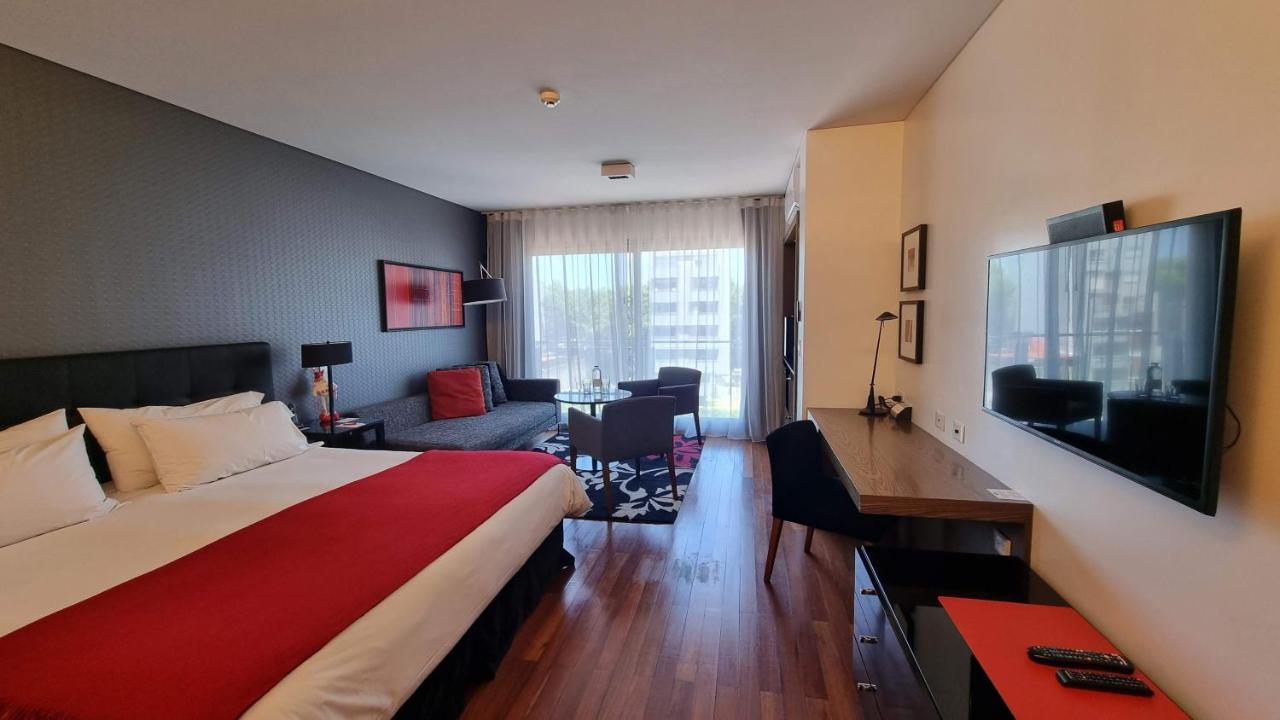
Fierro Hotel Buenos Aires

Europlaza Hotel & Suites

Libertad Hotel Buenos Aires
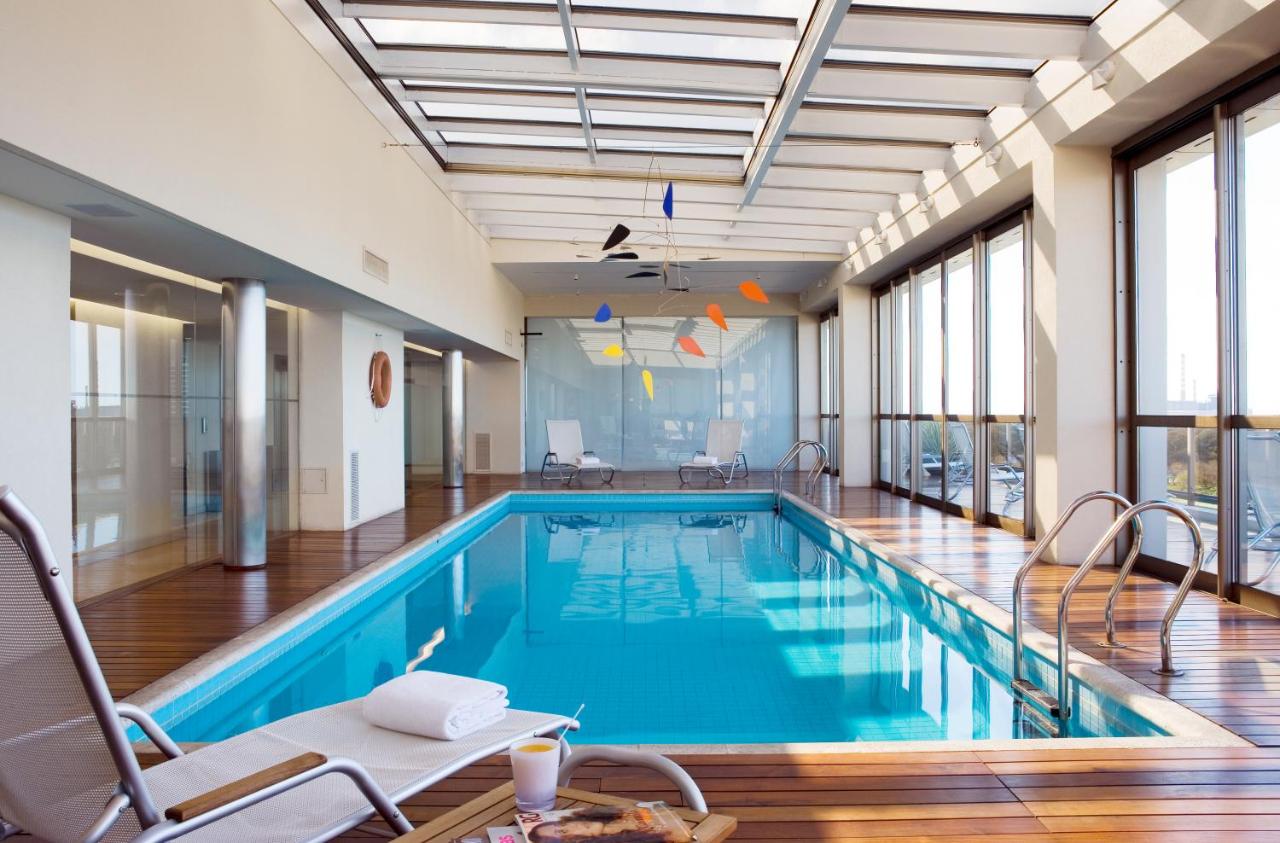
Hotel Madero Buenos Aires

Lennox Buenos Aires
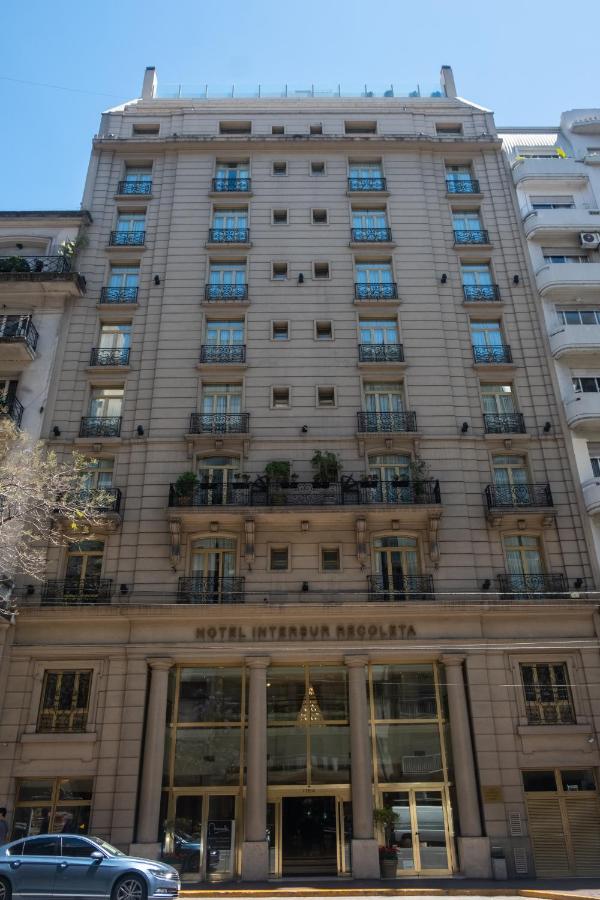
Hotel Intersur Recoleta

Four Seasons Hotel Buenos Aires

Mio Buenos Aires
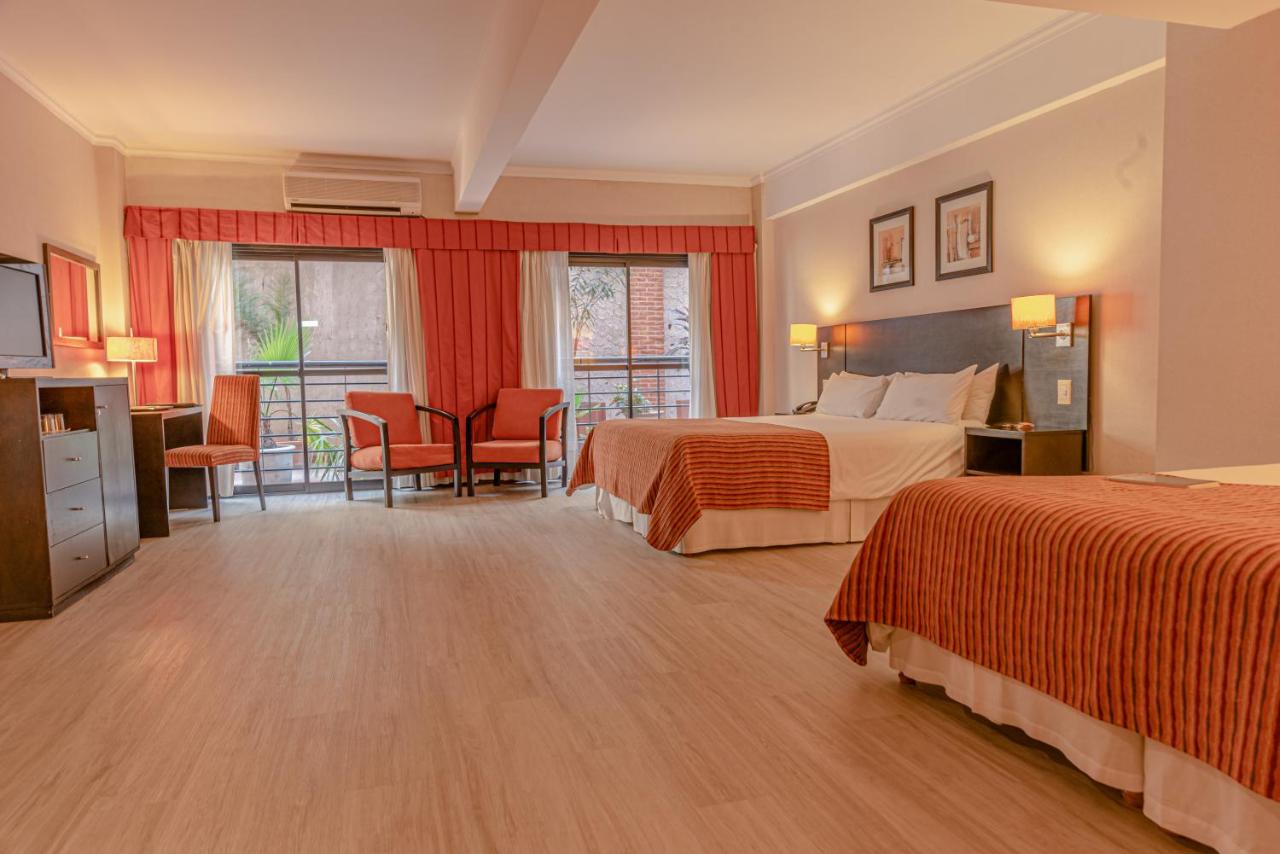
Duomi Hotel

Design Suites Buenos Aires

Hotel Club Frances

Kenton Palace Buenos Aires

Palacio Duhau - Park Hyatt Buenos Aires

Home Hotel

Infinito Hotel

1828 Smart Hotel Boutique

Alvear Art Hotel

BE Jardin Escondido By Coppola
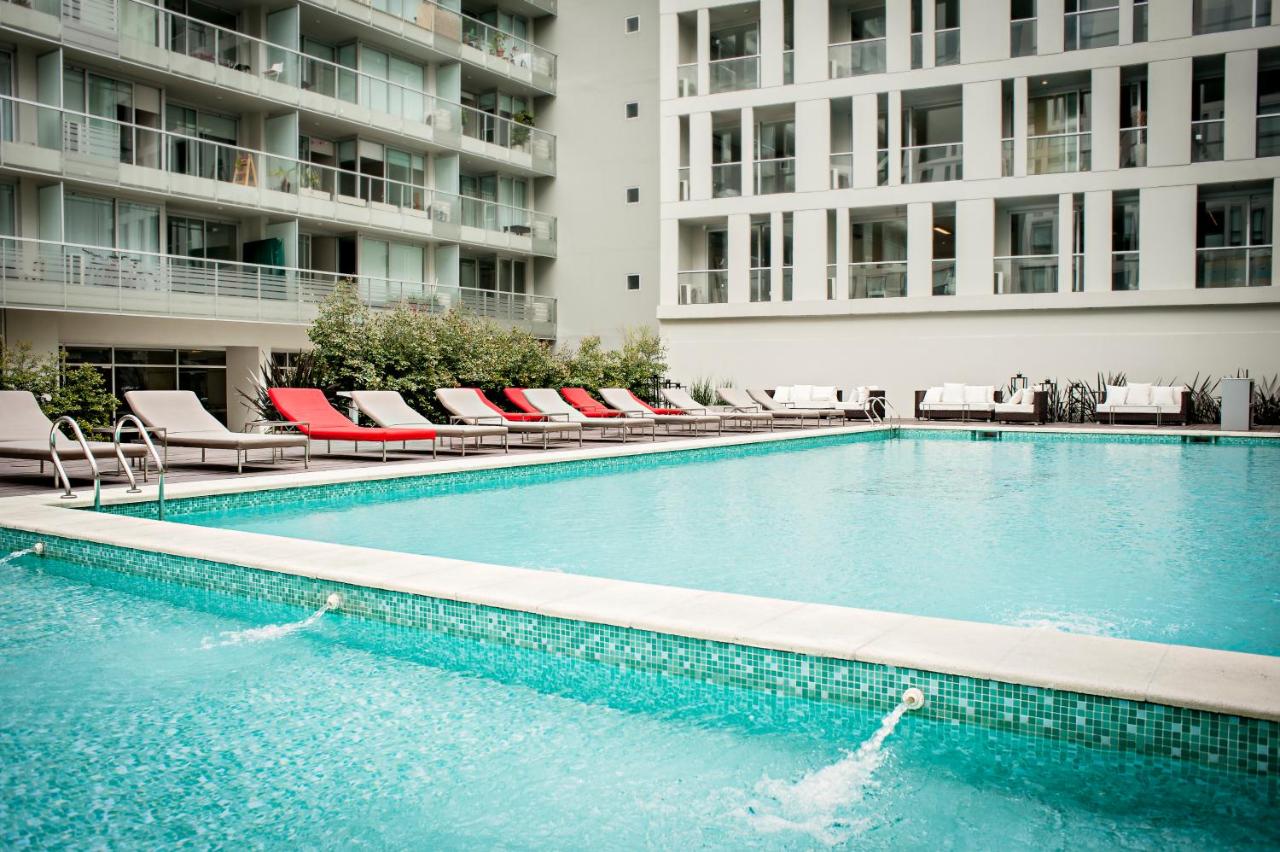
CasaSur Bellini
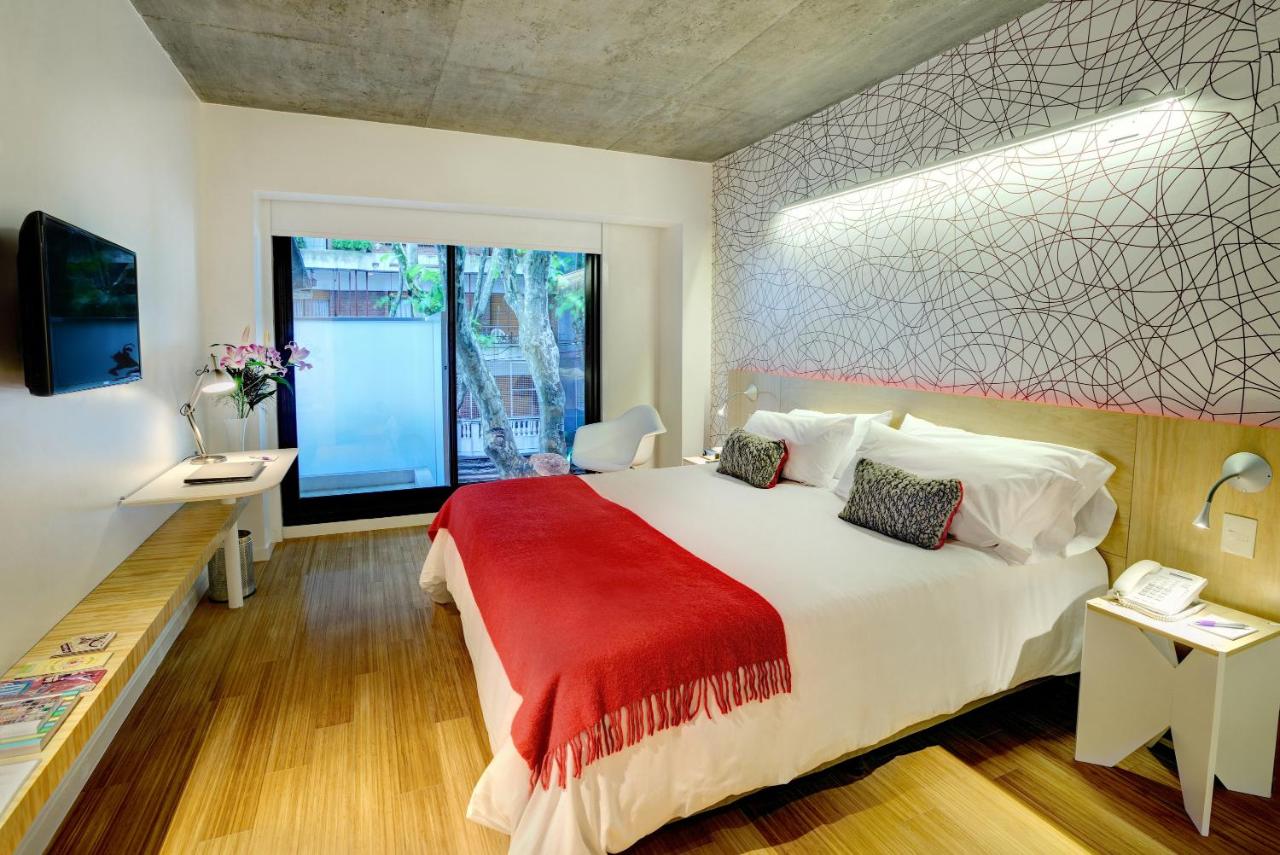
Pleno Palermo Soho
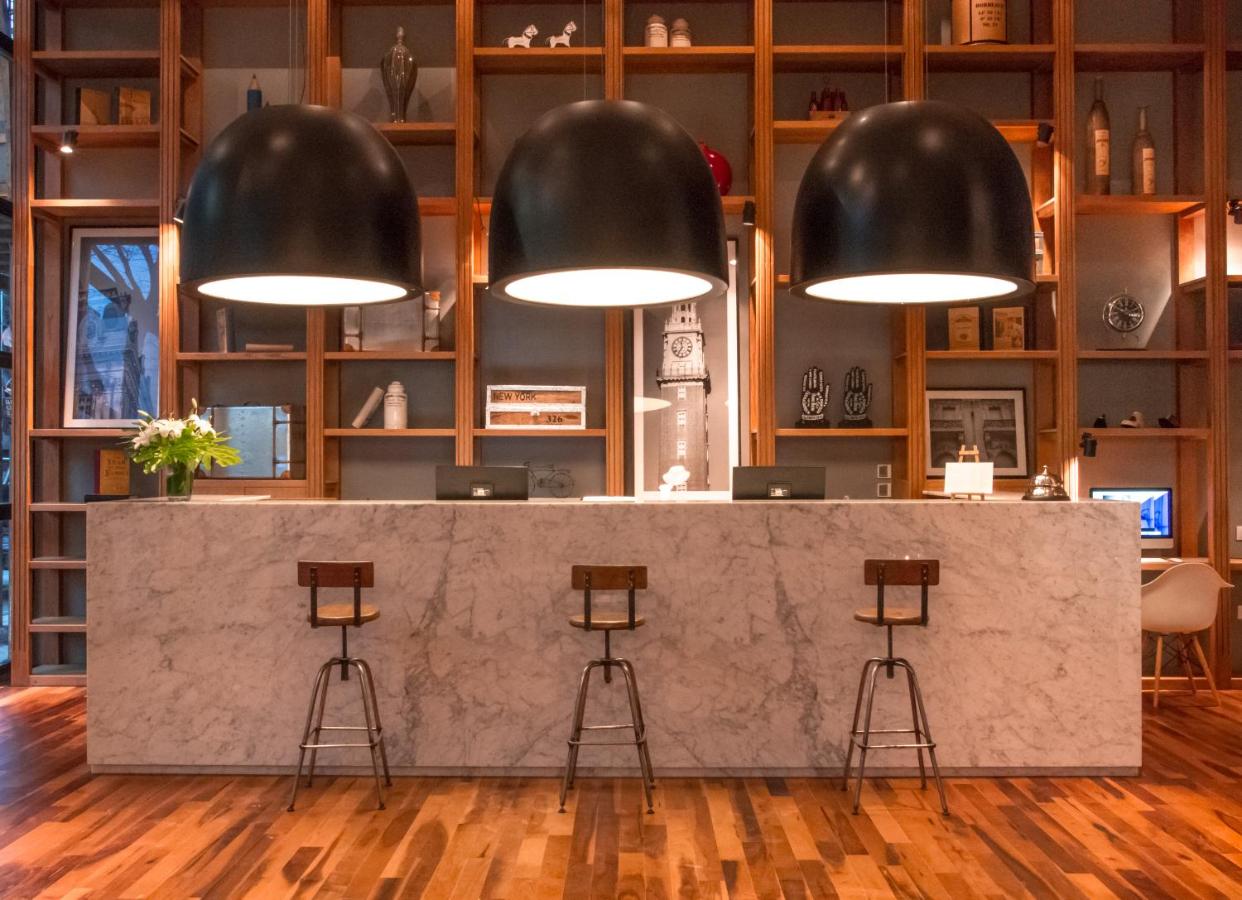
CasaSur Palermo Hotel

Casa Bevant
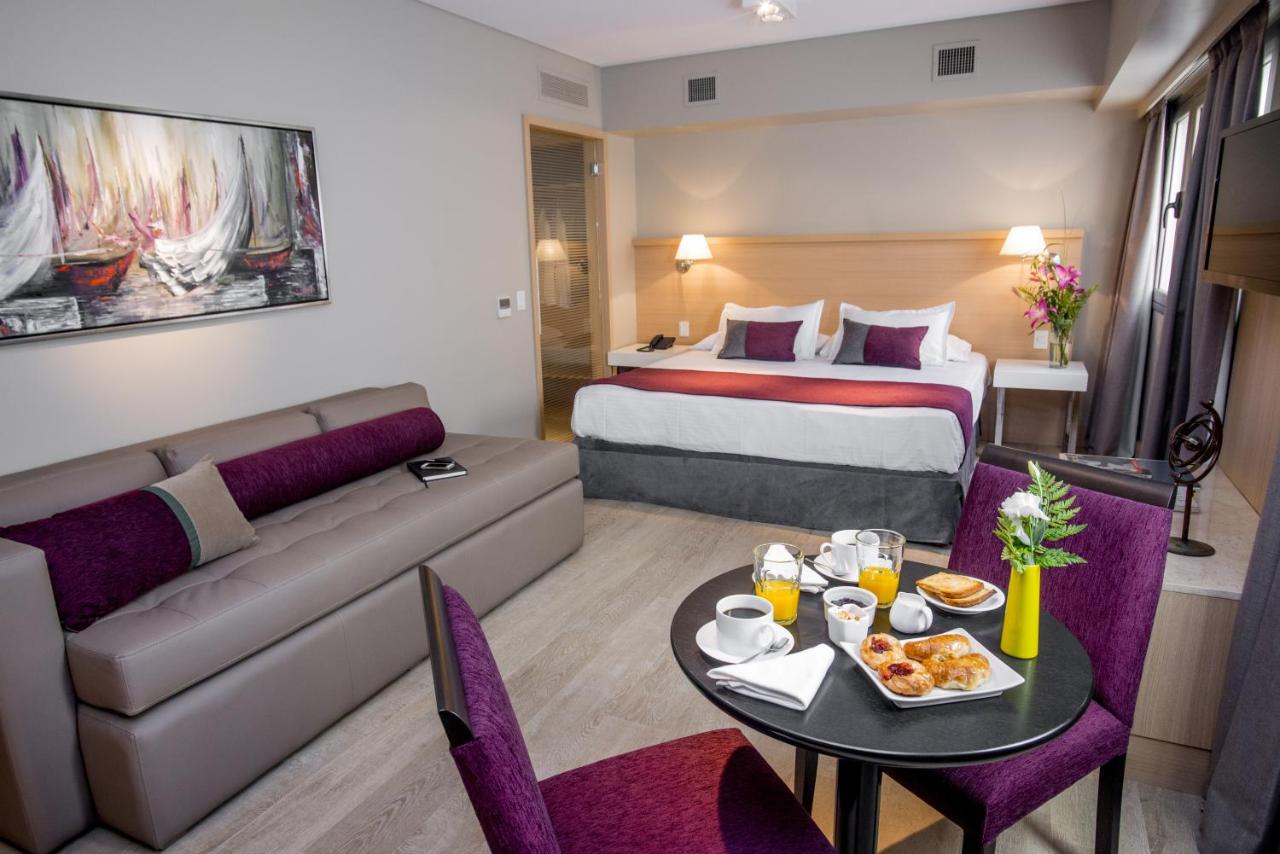
ARC Recoleta Boutique Hotel & Spa

Almarena Madero Urbano

Dazzler by Wyndham Polo

Carles Hotel
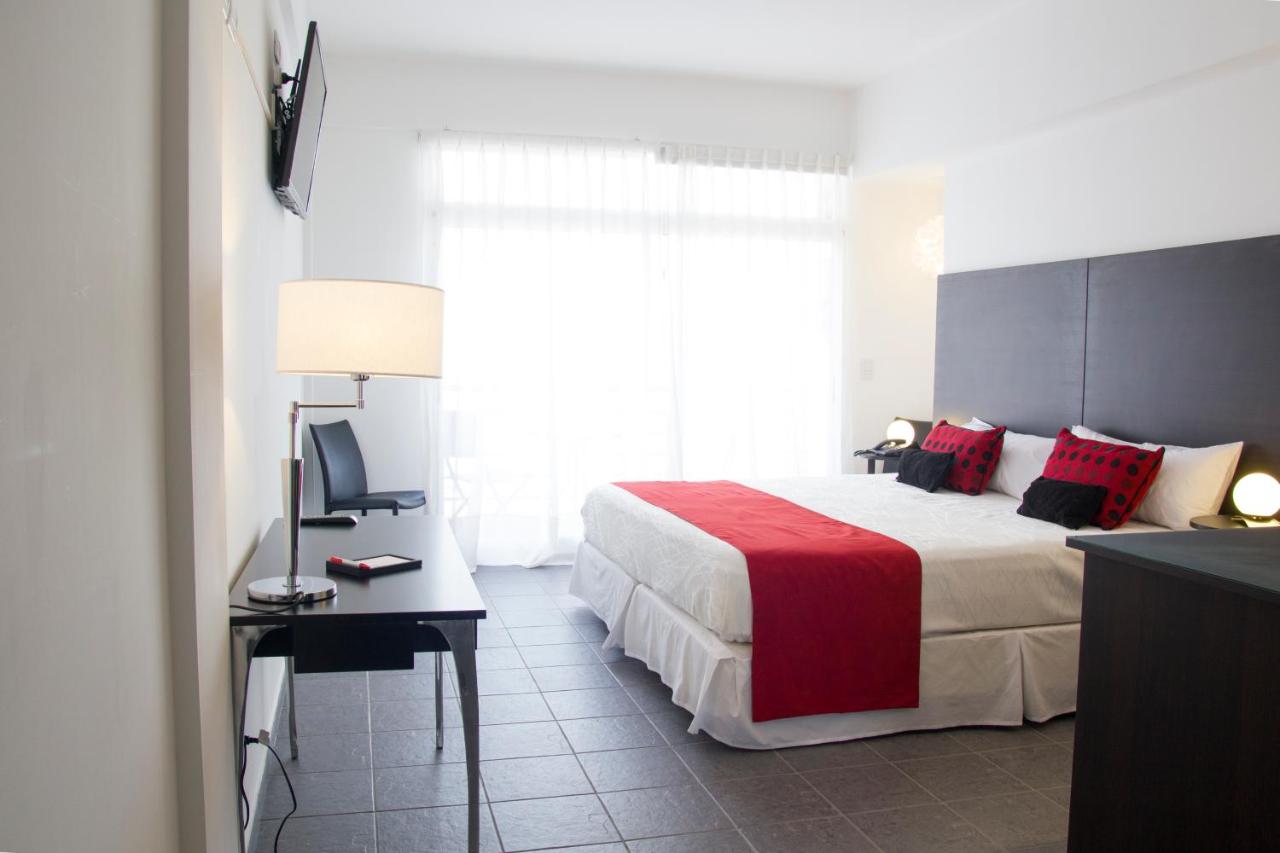
Let Sun Hotel Boutique

Alvear Icon Hotel
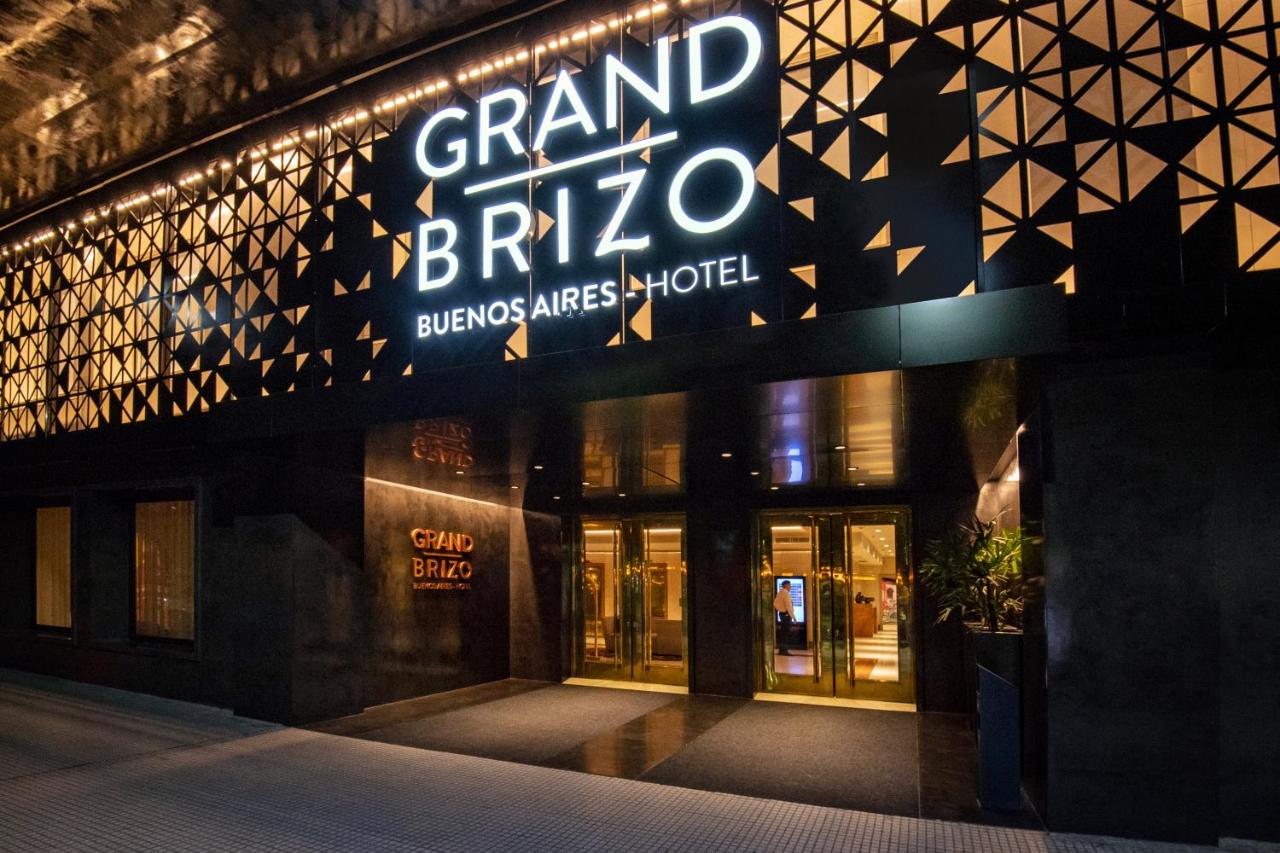
Hotel Grand Brizo Buenos Aires

Modern Apartments in Puerto Madero

Palladio Hotel Buenos Aires - MGallery

Konke Buenos Aires Hotel

Ker San Telmo Hotel
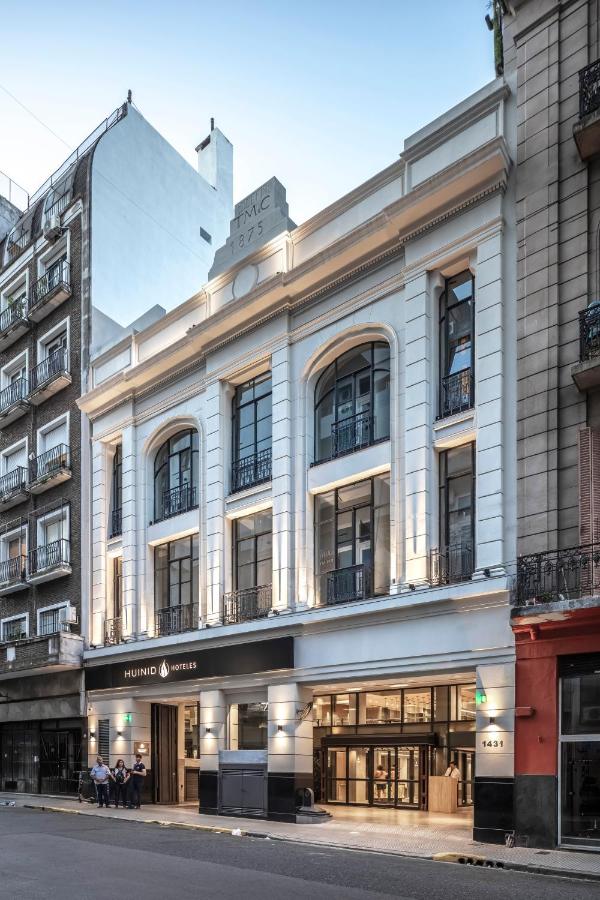
Huinid Obelisco Hotel

SLS Buenos Aires Puerto Madero

Residence Master Suite en Porteño Building

Hotel Casa Lucia
About the city
One of the first things YOU will notice about Buenos Aires is its stunning architecture. The city is known for its European-style buildings, which feature intricate facades and ornate balconies. Some of the most iconic buildings in the city include the Teatro Colon, the Palacio Barolo, and the Casa Rosada.
In addition to its beautiful architecture, Buenos Aires is also home to a rich cultural scene. The city is famous for its tango music and dance, which YOU can experience firsthand by attending a tango show or taking a dance lesson. Buenos Aires is also known for its delicious food, which includes dishes like empanadas, asado (barbecue), and dulce de leche (a sweet caramel spread).
If YOU are interested in history, Buenos Aires has plenty to offer as well. The city is home to numerous museums and historic landmarks, including the Recoleta Cemetery, where many of Argentina's most famous figures are buried. Other must-see sites include the Plaza de Mayo, the Cabildo, and the Obelisk.
No trip to Buenos Aires would be complete without exploring some of the city's vibrant neighborhoods. From the colorful streets of La Boca to the trendy cafes of Palermo, each neighborhood has its own unique character and charm.
Buenos Aires County: Location and Facts

Buenos Aires County, also known as the Province of Buenos Aires, is the largest and most populous province in Argentina. It is located in the eastern part of the country, bordering Uruguay to the east and the Atlantic Ocean to the south and east. The capital of the province is the city of La Plata, which is located about 60 kilometers southeast of the country's capital, Buenos Aires.
The province is home to over 15 million people, which is about a third of Argentina's total population. It covers an area of 307,571 square kilometers, making it the fourth largest province in the country. The province is divided into 135 municipalities, with the most populous being La Matanza, La Plata, and Lomas de Zamora.
Buenos Aires County is known for its diverse landscapes, which range from fertile plains in the east to the Sierra de la Ventana mountain range in the west. The province is also home to numerous rivers, including the Paraná, Uruguay, and Colorado, which provide important transportation and agricultural resources.
The economy of Buenos Aires County is diverse, with agriculture, manufacturing, and services being the main sectors. The province is a major producer of soybeans, wheat, corn, and beef, and is home to numerous industries, including automotive, chemical, and pharmaceutical manufacturing.
Buenos Aires County has a rich cultural heritage, with a mix of indigenous, Spanish, and immigrant influences. The province is home to numerous museums, theaters, and music venues, and is known for its tango music and dance. The city of La Plata is also home to the National University of La Plata, one of the most prestigious universities in Argentina.
Buenos Aires Local Name: Uncovering the City's Identity

Buenos Aires, the capital of Argentina, is a city with a rich history and a vibrant culture. Known as the "Paris of South America," Buenos Aires is famous for its stunning architecture, lively nightlife, and world-class cuisine. But beyond its reputation as a tourist destination, Buenos Aires has a local identity that is both complex and fascinating.
One of the most interesting aspects of Buenos Aires' local identity is its local name: "Porteños." This name refers to the city's residents, who are known for their unique accent, customs, and traditions. The term "porteño" comes from the fact that Buenos Aires is a port city, and its residents are proud of their connection to the river that runs through it.
Another important aspect of Buenos Aires' local identity is its architecture. The city is home to a mix of styles, from colonial to modernist, and each neighborhood has its own unique character. Some of the most famous buildings in Buenos Aires include the Teatro Colón, the Obelisk, and the Palacio Barolo.
Buenos Aires is also known for its tango music and dance. The city is the birthplace of tango, and it remains a popular cultural expression today. Visitors can see tango shows in many venues throughout the city, and there are even outdoor milongas (dance parties) in some of the parks.
Food is another important part of Buenos Aires' local identity. The city is famous for its beef, which is cooked on the grill (asado) and served with chimichurri sauce. Other popular dishes include empanadas, pizza, and dulce de leche (a caramel-like spread).
Finally, Buenos Aires' neighborhoods each have their own distinct character and culture. Palermo is known for its trendy bars and restaurants, while San Telmo is famous for its antique markets and tango clubs. La Boca is home to the colorful Caminito street, while Recoleta is known for its elegant architecture and high-end shopping.
Buenos Aires Location: Uncovering the City's Exact Coordinates

Buenos Aires is the capital and largest city of Argentina, located in the eastern part of the country, on the western shore of the Río de la Plata estuary. The city is situated at 34°36′45″S latitude and 58°22′54″W longitude, making it one of the southernmost cities in the world.
The city covers an area of 203 square kilometers (78 square miles) and is divided into 48 districts known as barrios. The most famous of these is La Boca, known for its colorful houses and tango performances.
Buenos Aires is also a major cultural center, with numerous museums, theaters, and galleries. The city is home to several universities and is known for its vibrant nightlife and culinary scene.
The climate in Buenos Aires is subtropical, with hot summers and mild winters. The city experiences occasional flooding due to its location on the river delta.
Buenos Aires: Discover the City's Best Attractions
If you're planning a trip to Argentina, one city you won't want to miss is Buenos Aires. Known as the "Paris of South America," Buenos Aires is a vibrant and cosmopolitan city with a rich history, stunning architecture, delicious cuisine, and a lively nightlife. Here are some of the city's best attractions:
This is Buenos Aires' main square and the location of some of the city's most important buildings, including the presidential palace known as the Casa Rosada. The square has been the site of many historic events, including protests and the declaration of independence.
This cemetery is the final resting place of many of Argentina's most famous and influential figures, including Eva Perón. The cemetery is a beautiful and peaceful place to wander, with elaborate mausoleums and impressive statues.
This colorful neighborhood is known for its vibrant street art, tango music, and soccer stadium. It's a great place to stroll around and soak up the atmosphere, especially on a sunny day.
This stunning opera house is considered one of the best in the world, with incredible acoustics and a beautiful interior. It's
In conclusion, Buenos Aires is a fascinating city that has something to offer for everyone. From its rich cultural heritage to its vibrant nightlife, this locality has a unique charm that is hard to resist. Whether you are interested in exploring the history of Argentina or enjoying its delicious cuisine, Buenos Aires has it all. So, if you are planning a trip to Argentina, make sure to visit this incredible city and experience its magic for yourself. With its warm and welcoming people, Buenos Aires will surely leave you with memories that will last a lifetime.




